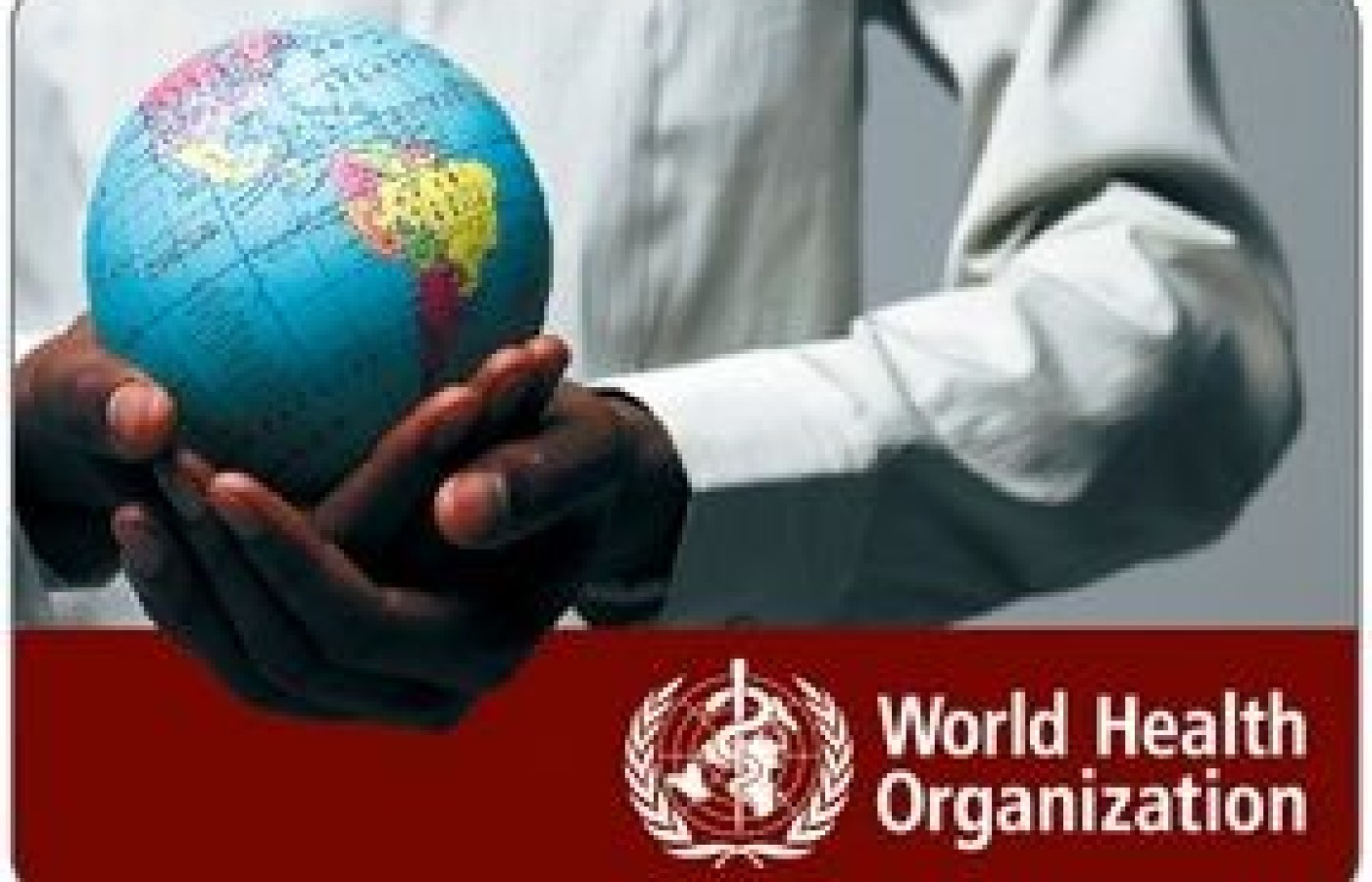Whether you accept it, avoid it or live somewhere in between, insurance coverage has become a defining issue for our profession. Patients increasingly expect to use their benefits, practitioners want to be compensated fairly for their time and expertise, and the system itself remains – at best – fragmented. The encouraging news is that coverage has expanded in meaningful ways. The challenging news is that reimbursement, across the board, remains inadequate.
Standardizing Acupuncture Point Locations
EDITOR'S NOTE: Acupuncture Today Editor Marilyn Allen, Jeannie Kang, LAc (both representing the American Association of Oriental Medicine) and Dr. Brenda Golianu, co-director for the division of acupuncture at Stanford University School of Medicine, recently attended the latest WHO-mediated meeting regarding global standardization of acupuncture point locations. The following is Marilyn Allen's report of what transpired at that historic meeting.

Advisors from China, Japan, South Korea, Australia, Singapore, Vietnam, Mongolia, the U.K., and the U.S. spent three days discussing, in great detail, the exact medical terminology and location of each point. Six points were in dispute as to location: L1-19, L1-20, GB-30, PC-8, PC-9 and GV-26. The short presentations had been researched and were well-presented by each country. Advisors had time to look at and discuss the issues before casting their votes. They agreed on the basic ground rules and 10 minutes of discussion was allotted for each point. Discussions were led by South Korea and China; the U.S. participated both as a contributor to the discussion and as a voting advisor. Ultimately, a secret ballot was taken, with the majority of votes creating the final decision. Votes were tallied and recorded by the WHO.
Meeting participants worked toward consistency in terminology, language and format using resource books from various countries. As the language of the official document is English, this presented many challenges to the advisors; however, they worked together to create proper syntax and flow for ease in readability. The advisor from the U.S. was able to suggest numerous words in English to help clarify the meaning and anatomical location of particular acupuncture points. In past meetings, the advisors would clean-up the language, including further definition and the changing of tenses or endings to enhance readability.
Essentially, advisors sat around a table, looked at each point and then agreed on a standard location for each. It sounds simple, but as you can imagine, this process consumed hours of time. Everyone's commitment to the process was amazing. It was not just about individuals and their ideas; the overall dedication of conference attendees came across as a collective desire to preserve the integrity of the medicine for the benefit of global populations. This group read, reviewed, discussed, re-reviewed and agreed in order to create the most accurate and useful document possible. Everyone realizes this document will be examined and scrutinized globally.
This truly was a historic moment. The working document will be submitted to WHO headquarters and an official document on standard acupuncture point locations will be issued. The room contained hundreds of years of knowledge and experience. It was a remarkable gathering of brainpower, but more than that, it reflected a willingness to share this knowledge and effort globally.
Initial discussions on the subject of standardizing acupuncture points began in 1965. It was an on-and-off process for almost 30 years. In 1995, there was a renewed interest at the second educational congress, which was held to discuss the standardization of guidelines for clinical research on acupuncture. The current round of discussions has been conducted consistently since Oct. 31, 2003; under the outstanding leadership of Dr. Choi Seung-Hoon, the regional advisor in traditional medicine at the WHO Regional Office for the Western Pacific (Manila, the Philippines). With the help of the WHO, it was suggested by Kim Yong-Suk of South Korea that for each point, the vertical plane should be located first and the horizontal plane located next (when referring to the method for addressing and writing). This seemed to make sense and helped to focus the thinking of the advisors, as meridians run vertically.
NOTE: For further background information on this series of historic meetings, please read "Japan, China, South Korea Work Together to Standardize Acupuncture Points" in the March 2005 issue of AT.



